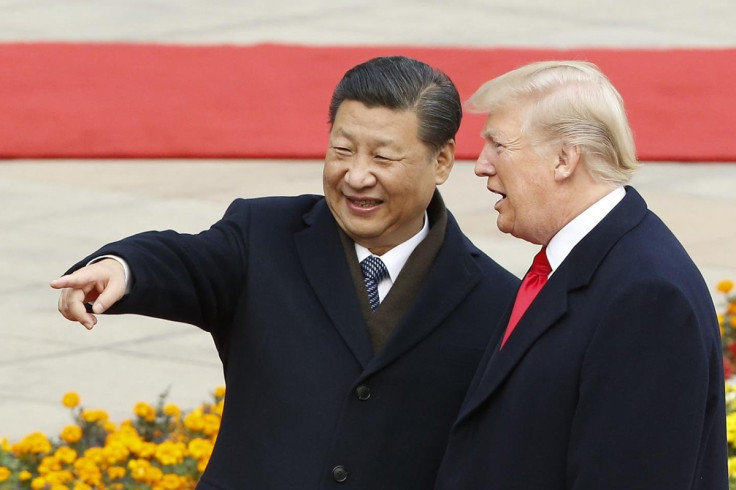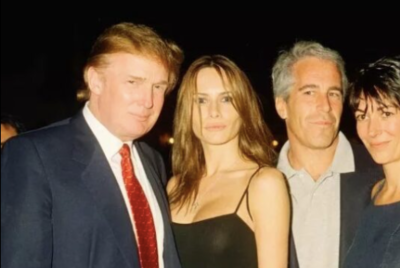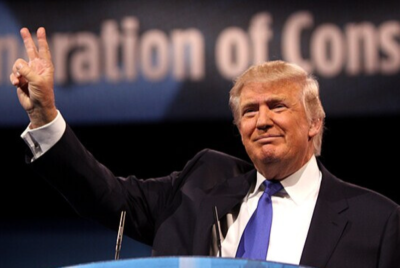US-China Trade and Minerals Talks in London Spill into Second Day with Trump's Optimism
The talks, involving US Trade Representative Jamieson Greer and Commerce Secretary Howard Lutnick, also address Trump's aggressive tariff policies.

As US-China trade talks in London extend into a second day on 10 June 2025, President Donald Trump's upbeat tone signals hope for a breakthrough in a tense dispute over tariffs and critical minerals.
Held at Lancaster House, these negotiations aim to revive a fragile truce struck in Geneva last month, which briefly eased trade tensions.
With global supply chains under strain, the talks focus on rare earth minerals, vital for industries like electric vehicles and semiconductors.
Drawing from the latest updates and expert insights, here's how these high-stakes discussions are unfolding.
Secure Rare Earths for Global Industries
China's near-monopoly on rare earth minerals, essential for electric vehicle motors and defence technologies, has been a flashpoint.
In April 2025, China halted exports of these minerals, disrupting supply chains for US automakers, aerospace, and tech firms.
A Reuters report notes that Trump, following a call with Chinese President Xi Jinping on 5 June, announced China's agreement to resume shipments, with temporary export licences granted to suppliers of the top three US automakers.
US officials, led by Treasury Secretary Scott Bessent, are pushing for a firm handshake to ensure China lifts these restrictions fully.
White House adviser Kevin Hassett told CNBC that the US expects immediate easing of export controls post-agreement, a move critical to stabilising industries reliant on these minerals.
Navigate Tariff Tensions with Strategic Concessions
The talks, involving US Trade Representative Jamieson Greer and Commerce Secretary Howard Lutnick, also address Trump's aggressive tariff policies.
Since January 2025, Trump's tariffs, including a 20% levy on Chinese imports, have strained both economies. A Reuters report highlights the 90-day tariff rollback agreed in Geneva, which calmed markets but left unresolved issues like China's export-driven model.
X posts reflect cautious optimism, with some users noting progress on chip exports to China in exchange for rare earths.
However, analysts like Rebecca Harding, speaking to CNBC, warn that deeper issues spanning technology, data, and defence, signal an "existential battle" unlikely to resolve quickly.
Both sides may offer limited concessions, with the US possibly easing recent export curbs on chipmaking software while maintaining restrictions on advanced AI chips.
Strengthen Economies Amid Global Stakes
The London talks carry weight beyond bilateral trade, impacting global markets rattled by tariff wars.
The US faces a projected £160 billion ($215 billion) in tariff revenue this year, per Yale's Budget Lab, but at the cost of higher prices for consumers, with middle-class households facing an estimated £2,240 ($3,021) annual hit.
China's retaliatory export controls have squeezed Western industries, while Trump's doubling of steel tariffs to 50% in May 2025 underscores his hardline stance.
Yet, his optimism, echoed in a Truth Social post claiming 'good reports' from London, suggests a deal could bolster both economies. Goldman Sachs recently lowered its US recession risk to 35%, citing reduced tariff threats, but warned of persistent economic drag.
Trump's Trade Gamble Hangs in the Balance
The US-China talks in London, spilling into 10 June 2025, mark a pivotal moment for global trade.
Trump's confidence, backed by progress on rare earths and potential chip export deals, offers hope, but the underlying rift over tariffs and technology remains deep.
Securing a lasting agreement will require delicate concessions, balancing economic resilience with geopolitical clout—a high-stakes game both sides must play to win.
© Copyright IBTimes 2025. All rights reserved.



















